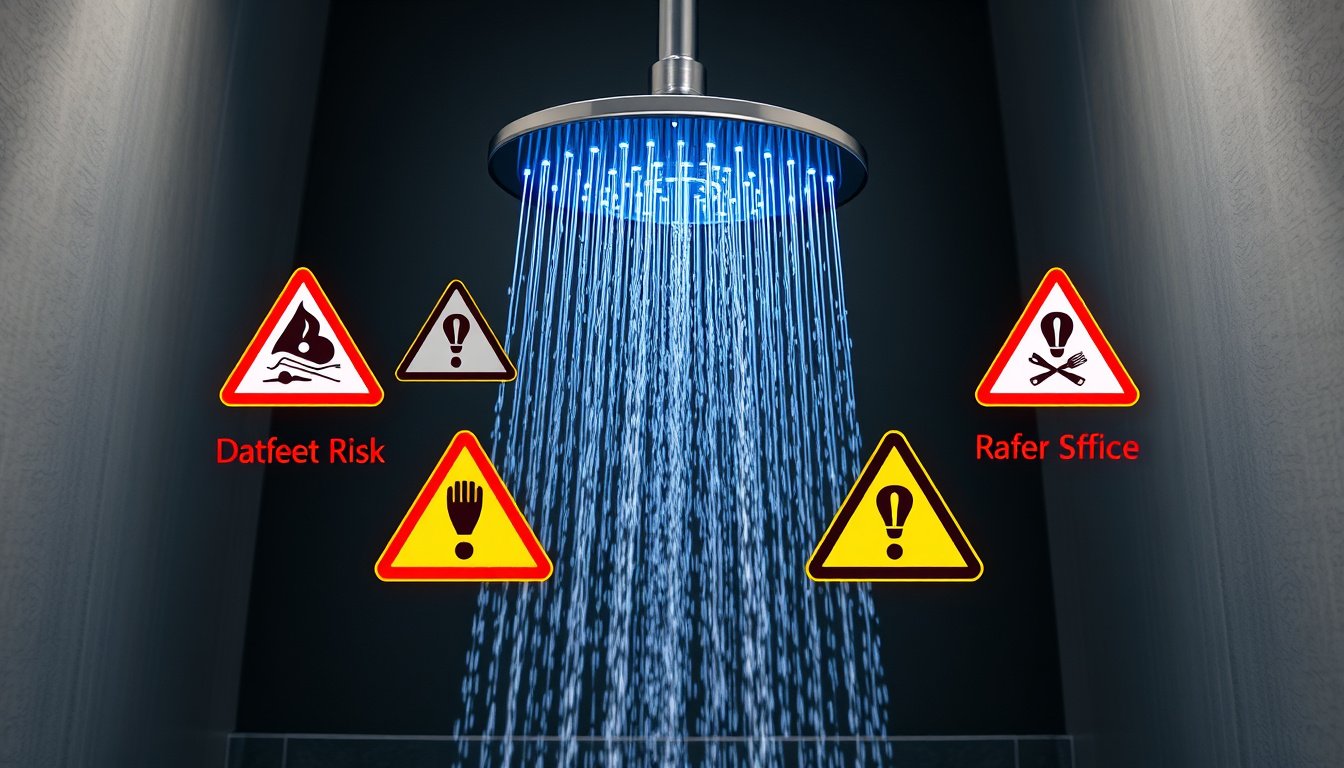Electric showers are an intriguing blend of modern convenience and inherent risks. While they have gained popularity in certain regions, particularly Brazil since their invention in the 1930s, their safety continues to be a topic of heated debate. In this article, we will explore the inner workings of electric showers, how they operate, potential hazards, and ultimately, if they pose a risk to users.
The Inner Workings of Electric Showers
At first glance, an electric shower may appear like any other fixture but understanding its operation reveals much more complexity. The shower mechanism involves a simple yet effective design: water is heated by passing through a metal resistor. This resistor becomes hot when electric current flows through it, transferring heat to the water on its journey through the unit.
How Does the Shower Turn On?
One of the unique features of electric showers is their lack of external controls. Users turn on the shower simply by turning the faucet, which activates a mechanism powered by water pressure. As water flows, it pushes a rubber piece that completes an electric circuit, allowing electricity to reach the resistor and heat the water.
The Risks Involved
Despite their functional design, electric showers are often labeled as "suicide showers" in some places, such as the United States. This nickname reflects the serious safety concerns associated with mixing electricity and water.
Electrical Shock Hazard
The primary risk comes from the potential for electrical shock. When users engage with water electrified by faulty wiring or a malfunctioning resistor, there is a clear risk of electric shock. Unlike standard showers—where water is generally heated elsewhere before being released—electric showers heat water on demand, creating a scenario where users are directly exposed to high voltage near water.
Electrocution risks are further compounded if the shower loses insulation over time or if there’s an issue with the electrical system. Recognizing and managing these potential hazards is essential for safe usage.
The Science Behind Water and Electricity
Common misconceptions exist regarding water’s conductivity. Many believe that water is a good conductor of electricity; however, this is not entirely accurate. Pure water is a poor conductor, but impurities (like minerals and salts commonly found in tap water) enhance conductivity, creating a pathway for electric currents. This means that a user could technically be safe while showering if they maintain distance from electrical components. Yet, proximity can vary depending on physical stature and positioning in the shower.
Best Practices for Safety
To mitigate risks associated with electric showers, it is vital to adhere to certain safety guidelines:
-
Qualified Installation: Ensure that the unit is installed by a licensed electrician who understands local electrical codes.
-
Regular Maintenance: Perform routine checks to identify any wear and tear on wiring or components. Repair or replace any faulty equipment immediately.
-
Avoid Modifications: Never attempt to modify the internal workings of the electric shower. Match any replacement parts precisely to specifications.
-
Water and Electricity Management: Keep the area around the shower dry, and avoid touching electrical components while the shower is in use.
-
Usage Awareness: Be cautious when switching between summer and winter settings. Making changes while the shower is on can spark and lead to electrical failure.
Conclusion
Electric showers provide a unique and efficient way to enjoy hot water on demand, but they also carry significant risks. Understanding their operation, recognizing potential hazards, and practicing safety measures can dramatically reduce the likelihood of accidents. While it’s essential to make informed choices about using electric showers, those in areas where their regulation is strict may want to consider alternative heating methods that prioritize safety without sacrificing comfort. When in doubt, consulting with a professional can provide peace of mind and clarify the safest approach for home installations.
www.youtube.com/ofertifypro

Deixe um comentário